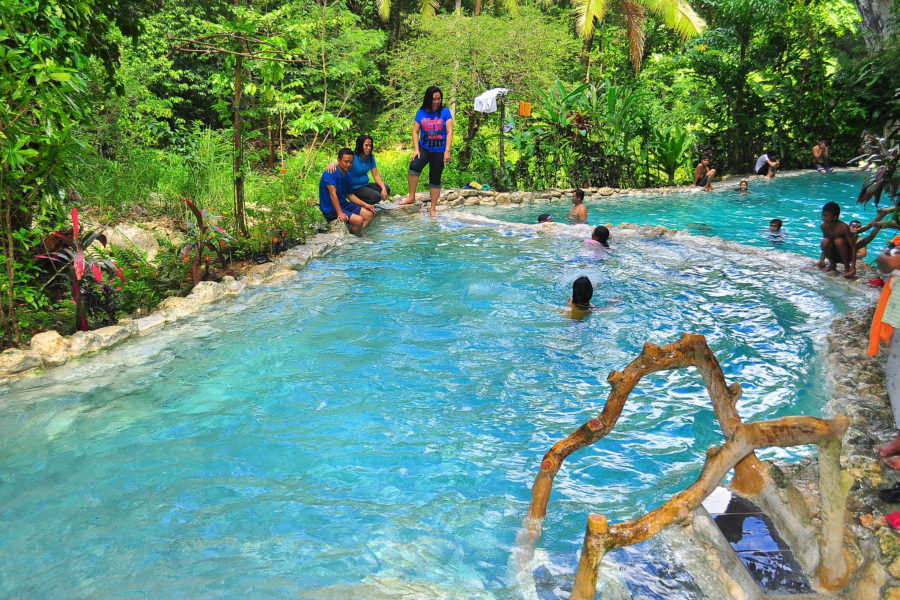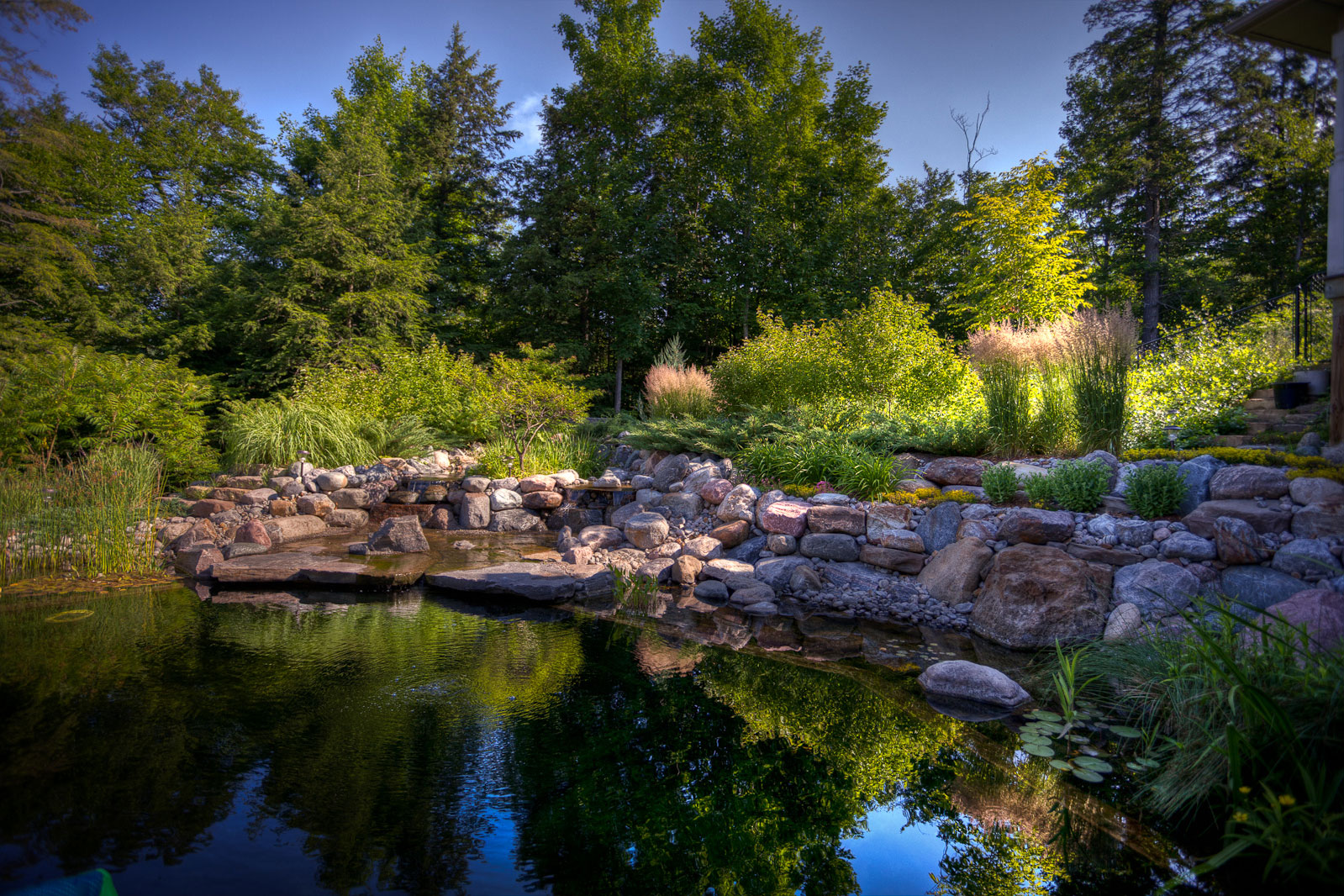Story at a glance:
- Natural pools are a chemical-free alternative to traditional residential swimming pools.
- Natural pools have become more popular in recent years and date back to the 1980s.
- These swimming pools have both aesthetic and environmental benefits when designed correctly.
Say goodbye to chlorine. Natural pools are generally considered to be chemical-free swimming pools, often designed for residential projects in areas where people want the benefits of nature and the respite of a pool.
What is a Natural Pool?

A natural swimming pool in Bali. Photo by Linda vant Hoff
Natural pools are environmentally friendly and have long been a trend in Europe, though just catching on in the US. They’re often designed to make you feel like you’re in a pond, lake, or other body of natural water.
Natural pools can be irregular in shape and emphasize biophilic design, with natural elements like rocks, plants (which also help them stay clean), and waterfalls.
Natural pools date back to when a group of Austrian researchers were inspired by swimming in mountain lakes and started the movement in the 1980s, according to Eco Home. They wanted to replace heavily chlorinated swimming pools with something more natural.
How Do Natural Pools Work?

Photo courtesy of Flickr
Natural swimming ponds have separate zones for swimming and water purification, Eco Home says. Depending on the design, swimming zones typically comprise 50 to 70% of the total water surface area, and the rest is filtration.
In the separate regeneration zone, water enters a gravel filter or a constructed wetlands made of plants that naturally clean the water. This process mimics how aquatic plants clean ponds in the wild, according to The Spruce.
Experts note that the larger and deeper the pool is, the less likely it is to develop an algae problem. A minimum total area of 45 to 50 square meters is recommended.
Sun also promotes algae growth, so it’s recommended to limit sun exposure where possible. You can also naturally shade the pool with floating leaves to slow algae growth.
What Plants Work Best in a Natural Pool?
Perennial plants and water flora naturally filter natural pools. Tall grasses and reeds like papyrus work great in natural pools, as do pondweed and water hyssop.
Floating plants like water hyacinth and duckweed as well as plants that grow around pool edges, like swamp hibiscus, are also good options for natural pools.
What are the Benefits of a Natural Pool?
Beyond being environmentally friendly and chemical-free, these “green” swimming pools are adaptable over time, are fairly low-maintenance, and are more cost-effective than your standard residential pool year to year (once you get past that initial install).
Natural pools also won’t give you that itchy, dry skin feeling or red eyes like chlorinated pools often do.
Mosquitoes are not attracted to natural pools either, as water in a natural pool is always moving. You may find a frog or other water friend there some days, but they are unlikely to hang around.
What are the Drawbacks of a Natural Pool?
While a natural pool can also be designed for any climate, they are not without disadvantages you should consider. Their initial cost is typically higher to build than their alternatives—they can be twice as expensive as a same-sized chlorine pool, according to familyhandyman.com. They also tend to take up more space.
Some people may also not prefer a natural pool aesthetically, as its appearance may not have that crystal blue look other pools have. For some, though, that’s exactly the look they want.
Natural pools should be built by a professional contractor who’s done this type of work before, and experts are sometimes difficult to find.




